|
Our crew at Gravel Grading & Excavating is dedicated to moving the earth for our clients and customers. We jump at the opportunity to assist with any project that we can, especially those that consist of waterway or sediment basin work because the efforts can benefit future generations of Iowans. Maintaining a sediment basin or waterway is essential to preserving Iowa’s most precious resource, black dirt topsoil. To help aid water drainage for a local community in the summer of 2020, our Gravel Grading & Excavating crew was called in to help clean out an existing drainage basin that had reduced efficiency after years of silt/sediment collection. Years of rain events had moved so much dirt into this drainage area, that all you could see of the outlet's 10-foot structure was the cap (pictured below). This told us that it was more than time for the silt basin to be cleaned out. Sediment basins are ponds with open water that capture coarse sediment and litter carried by stormwater or runoff. They intercept the runoff before it reaches the waterway, and slow it down to allow the coarse sediment to fall to the bottom.This way the cleaner water stays at the top of the pond and flows through the outlet source. A well-designed sediment basin should be just large enough to allow time to capture most of the target coarse sediment. It should only capture a small amount of finer particles and contaminants, the majority of which should be treated by a constructed wetland or raingarden downstream. In order to maintain a sediment basin, it needs to be cleaned out regularly, usually every two to five years. For our project in question, almost 10 feet of outlet pipe had been covered up with sediment over the years. Using our dozer, excavator, and wagons, our crew was able to clean out all the dirt that had settled in, and used it to build up the sides of the existing berm structure. See the photos below to watch our crew unearth and relocate years of sediment. Our guys then relocated the dirt and shaped the berm and drainage areas to facilitate future runoff and soil preservation efforts. Contact our team at Gravel Grading & Excavating today to see how we can assist you!
0 Comments
Our winter projects typically consist of cleaning and maintaining equipment and planning for the upcoming year. However, this past winter we decided to tackle a big lake dredging project for a customer. Our dedicated crew spent hours in the cold working to get this job done! Dredging is the removal of sediment and debris from the bottom of lakes, rivers, ponds, and other bodies of water. It is a routine necessity for maintenance of waterways. Over time, the accumulation of sediment and muck reduces water quality and impedes water navigation and recreation. Lake dredging is a tried and true solution that can give years back to your waterbody. There are many benefits of lake dredging including:
Our crew used our long reach excavator to dredge out this lake for our customer. This piece of equipment allows us to cover a wide range of land and lake. Several spots of sediment can be tricky to maneuver with large machines and the extended arm can reach those areas without the risk of getting stuck and losing hours of work time. Once the sediment is removed from one area we move along to the next spot to steadily complete the project. This particular project took our crew a little over a week to complete and the customer was extremely satisfied with the results. If you are needing a lake dredged or have another project in mind, give our crew a call today!
Today we bring you the process of rural pond making. We're going to show you how our crew can move the earth for you and your family to create a retreat you can enjoy for years to come! In 2019, we were called in for a pond expansion job south of Cascade. Our client had the beginnings of a recreational pond on his property, but what he had and what he envisioned for the property were two different things.... and that's when he called in our crew at Gravel Grading & Excavating! The project was soon looked over and discussed, as the property had an overgrowing of trees and shrubs and a shallow pond not suitable for the recreational fishing he was looking for. In the first phase of this project, our crew came in to help grub out the area surrounding the pond and grade up the banks to allow for a deeper water feature. After we had the new banks laid back, we needed to clear out the sediment and plants that had accumulated at the bottom of initial basin. Our excavation team got right into the thick of it, clearing out the debris and allowing the spring/water table to fill the new pond basin. After much anticipation, the pond we helped our client with was full and stocked last fall. It is now more accessible since our crew grubbed it out and laid back the banks. And with the additional depth we were able to give it, this pond can stock additional, healthier fish to provide hours of relaxation and recreational fishing for our owner. We so appreciate our client asking us in to help with this fun project!
If we can give you your own retreat like this one, call us at 563-542-6610 or email [email protected] ! Is there anything more exciting or nerve-wracking than purchasing a new home? For all the opportunities buying a new home provides (from space to entertain family and friends to the opportunity to make years of memories), a buyer also has to be critical about the condition of the structure and the cost of improvements and upkeep that are sure to come along the way. Such was the case for the Johnson family of Dubuque, Iowa. Long-time friends of Terry and the Gravel Grading & Excavating family, the Johnsons knew just who to turn to when they purchased their "new" older home in the heart of the city. While the house itself was sound and able to be updated with a few DIY projects, the crumbling asphalt driveway was a job they knew needed to be hired out. So Terry stepped in and determined that complete removal of the existing asphalt drive would be required, and pouring a new concrete lane would be the Johnsons best option. The Gravel workers would need to be very careful with their equipment and precise with their measurements, as they wouldn't want to sacrifice the soundness of the home or detached garage during the demolition phase, nor would they want to harm the root systems of the countless mature trees on the property. Armed with their decades of experience and equipment, Terry and the guys got to work. Phase one of the project was to remove the existing structure. So with mini excavators and Bobcat skid loaders in tow, the crew was able to quickly break up and excavate the existing asphalt, load it into the waiting trucks, and haul away for disposal. Phase two was where the job got especially tricky. It was in this phase that the dirt below the former driveway needed to be cored-out and leveled with a laser. This required precise, experienced, and patient dozer and excavator operators. Working carefully as possible along the side of the house, the men of Gravel Grading and Excavating took great precautions to ensure the heavy equipment didn't butt up against or remove too much dirt that would compromise the structural integrity of the decades-old home. Thanks to some extreme caution and technological tools, the bed of the new driveway was established and prepped for the new surface. With the help of local concrete specialists Curt Curoe of Bernard, Iowa, and his crew from Horsfield Construction in Epworth, the driveway was poured and leveled. Once dry, it was time for Gravel Grading & Excavating to bring their equipment back for final grading and dirt work around the new lane, and prepping of the ground for new grass seeding. Thanks to the patience of our crew and the expertise of HCI, the Johnson family's driveway went from unappealing and mangled to smooth and safe for years to come. We appreciate their confidence in Gravel Grading & Excavating, and we wish them a very merry first Christmas in their "new" old home. For many local farmers, having a creek run through their property is an advantage. Creeks can provide access to water for pasture livestock, a boundary between fields, or recreation for the family. Sometimes, creeks can be a source of headache for farmers, as was the case with this project at the Takes farm located east of Cascade, Iowa, on Bellevue-Cascade Road. Each day when it was time for chores, local farmer John Takes would fill his feed wagon and cross the county highway into his cattle pasture. Once inside the fence, John would have to maneuver his tractor and wagon down and then back up the steep sides of the small creek to access his herd. On its best days this caused his equipment to bottom-out, creating a dirty mess that was hard on his machinery, and on the worst days in times of high water, the pasture was nearly inaccessible. To remedy this problem, John called Terry and Gravel Grading and Excavating to help him devise a solution. Terry recommended installing a new creek crossing, complete with prefabricated slatted concrete slabs to aid in traction for equipment and three ag-tile culverts that would allow the creek to maintain its flow below the new structure without compromising its stability. To begin, the crew of Gravel Grading & Excavating waited for a dry spell, so the creek would be low enough to work around. Then drawing on their extensive experience and laser grading equipment, they determined the optimal location of the path across the creek, as well as the appropriate height for the new crossing so as high water events would not breach the new lane. The guys then moved in with graders, skid steers, and excavators, to begin the process of moving dirt to prepare for the installation of the culverts. A bed was prepared for the pipes to lay upon, and once again the laser levels were used to determine the proper degree of slope for maximum water drainage. Once this was prepared, the plastic piping could be installed and backfilled with dirt and rock for stabilization. An extra measure was taken for erosion control by pouring concrete walls on each side of the new road to prevent washouts in heavy rain events. The crew then went about pouring a final layer of concrete to top off the new crossing, placing concrete slats on both sides, and regrading and dumping new gravel along the newly-established path for the finishing touches. Shortly after the conclusion of the creek crossing, a storm passed through, testing the effectiveness of Gravel Grading & Excavating's work. As expected the crew was able to move the earth for our customer John, and the culverts worked just as planned, allowing the creek to maintain its flow through the pasture while allowing John to access and feed his cattle. Thank you to the Takes family for choosing Gravel Grading and Excavating for this project, and be sure to give us a call for any of your dirt work needs. Flooding. It happens almost yearly anymore in Eastern Iowa. As a homeowner it's important to have flood insurance to protect your residence and valuables if you lie in a flood plain or are prone to water seepage in your basement. As a landowner, you sometimes need to take other preventative measures, as you can see below with our friends the Ostwinkles who live on North Cascade Road between Cascade, Iowa, and Epworth, Iowa. For this family, the stream in the pasture behind their home provided exquisite views and relief for their cattle in the hot summer sun. But after several years of flooding (and one extreme flood event in 2013), the banks along the stream bed had been eaten away and were now unstable and dangerous. To help address this problem, the Ostwinkles turned to Gravel Grading & Excavating. We started by sending company owner Terry Gravel out to the property to assess the situation. Terry took some initial photos and discussed with the owners what they were hoping to achieve on their land. From those steps, Terry recommended completely restructuring the creek banks and stabilizing them with large chunks of crushed rock and concrete, otherwise known as rip-rap. Terry and crew got started by grading back the banks of the creek with one of our John Deere tractors and dirt wagon. This wagon has the hydraulic ability to both scrape off and then relocate dirt and gravel. Once that step was completed, excavator operator Brian Noonan dug out additional sediment to improve water flow and creek drainage, particularly around culverts. Our dozer was then called upon to finish out the grade, enabling our crew along with our friends from Eastern Iowa Transport to bring in truckload after truckload of rip-rap. This would ensure that all our work would be protected for years to come, and high water flow would not undermine the stability of the new creek banks. Our last step was to cover the rip rap with a layer of dirt to fill in the crevices and lay grass mat that would promote the growth of grass and vegetation to slow water flow, thus preventing erosion and loss of topsoil in future rain events Check out our photos and video below for a step-by-step walkthrough of the Ostwinkle property project from start to finish, and give Gravel Grading & Excavating a call for your next dirt-work project. We'll move the earth for you! Very simply, gabion baskets are a great option for farmers or developers looking for erosion control on sidehills, stream/river banks, road developments, or residential landscaping. These structures help greatly reduce soil erosion on steep inclines or in areas susceptible to water flow.
To create a gabion basket, first the land needs to be graded properly to optimize desired flow of water. Then a tarp and large wire basket are set in place. The next and most labor-intensive step is the placing of the rock or rip-rap. This will help slow the flow of water, and therefore reduce the amount of dirt that is eroded. Rock size and depth vary depending on the degree of water control needed. If a gabion basket is something you need on your land, give Gravel Grading & Excavating a call at 563-542-6610. |
hereYou'll find all the newest products and services recommended by Terry and Gravel Grading & Excavating. Categories
All
Archives
April 2024
|

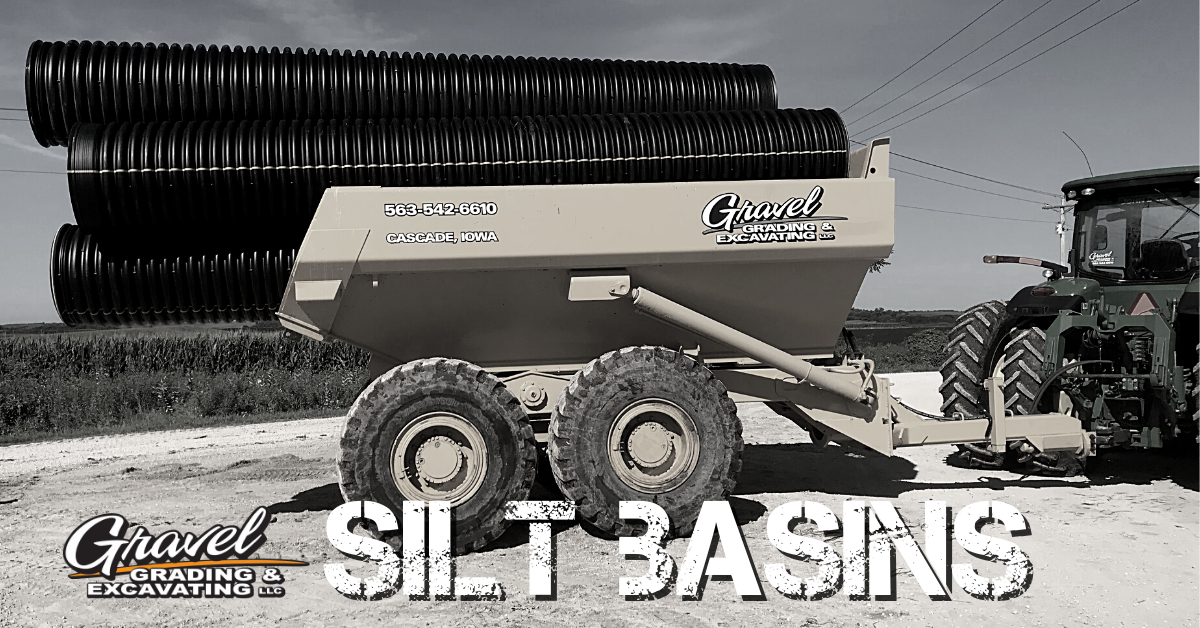
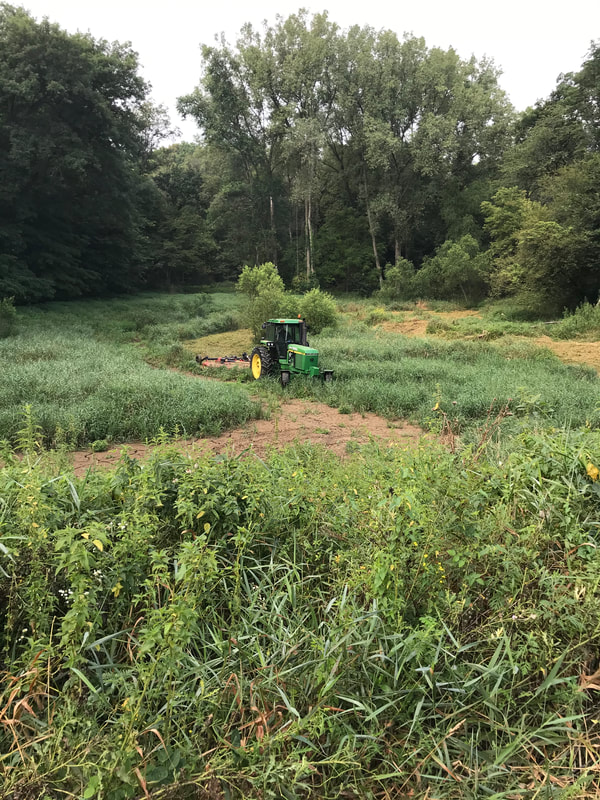

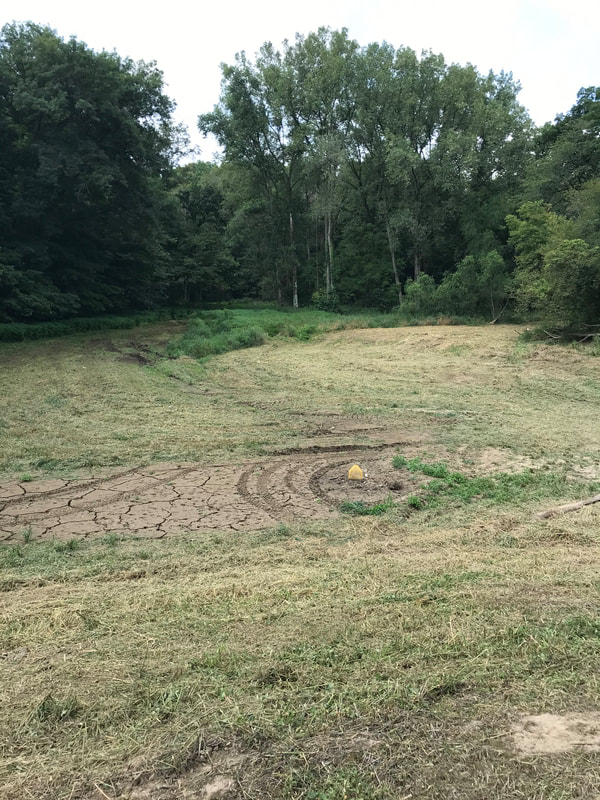
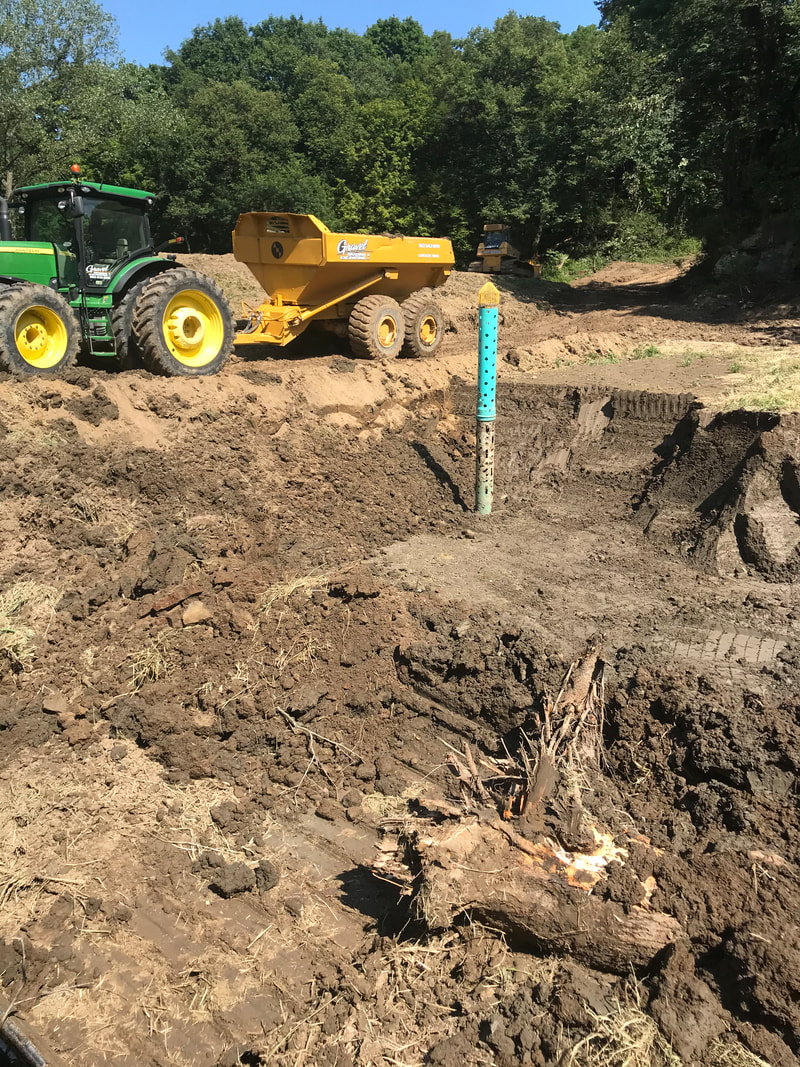
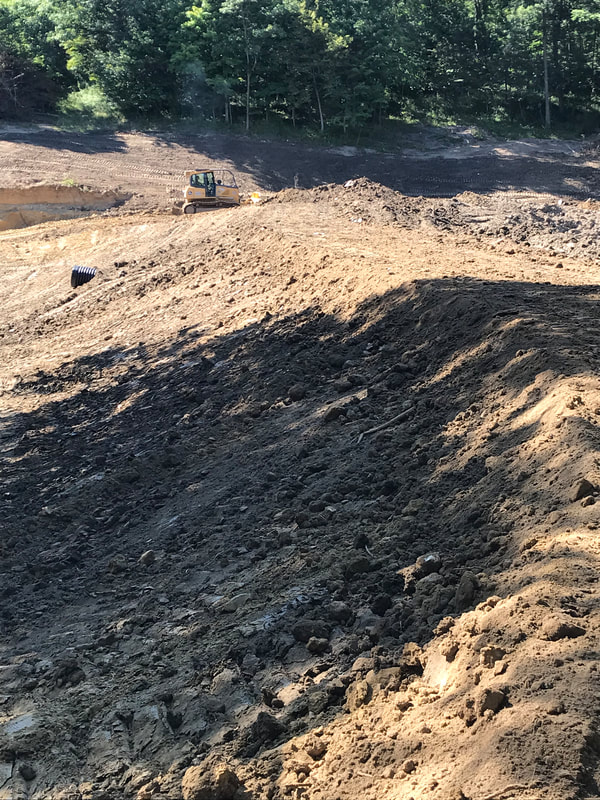
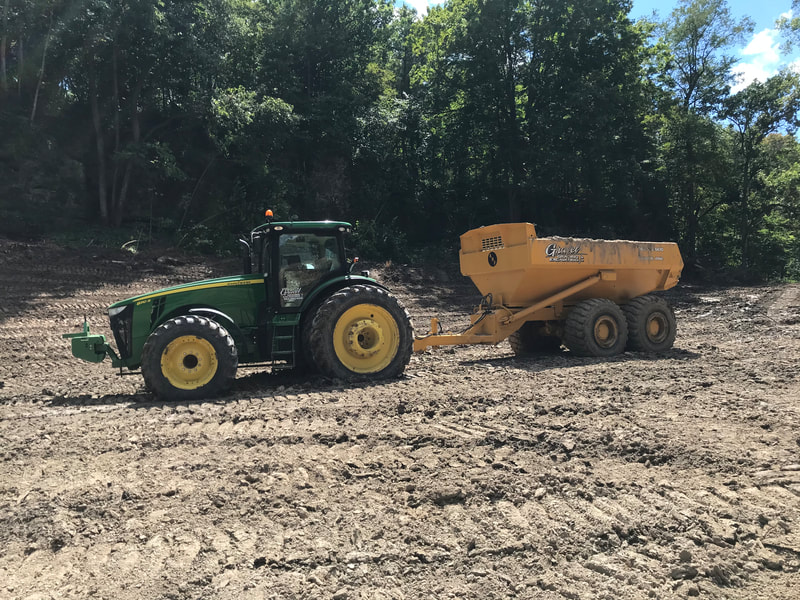
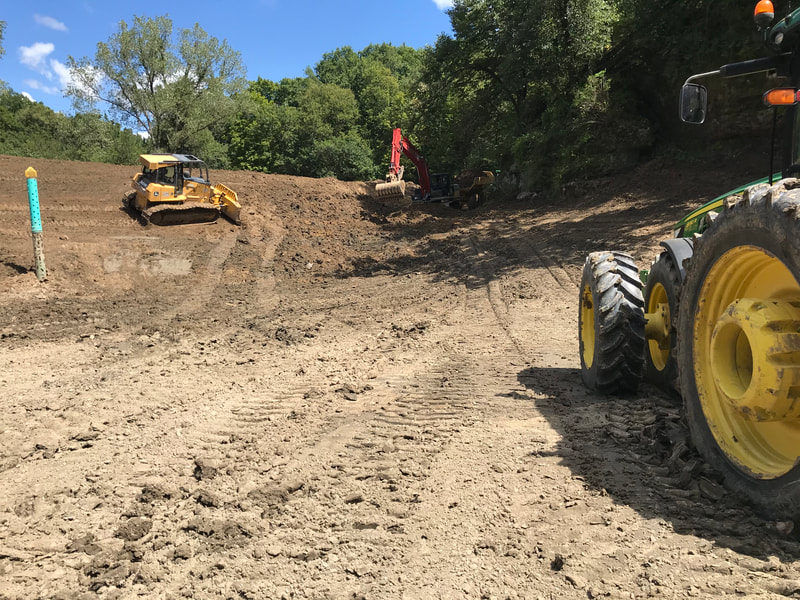
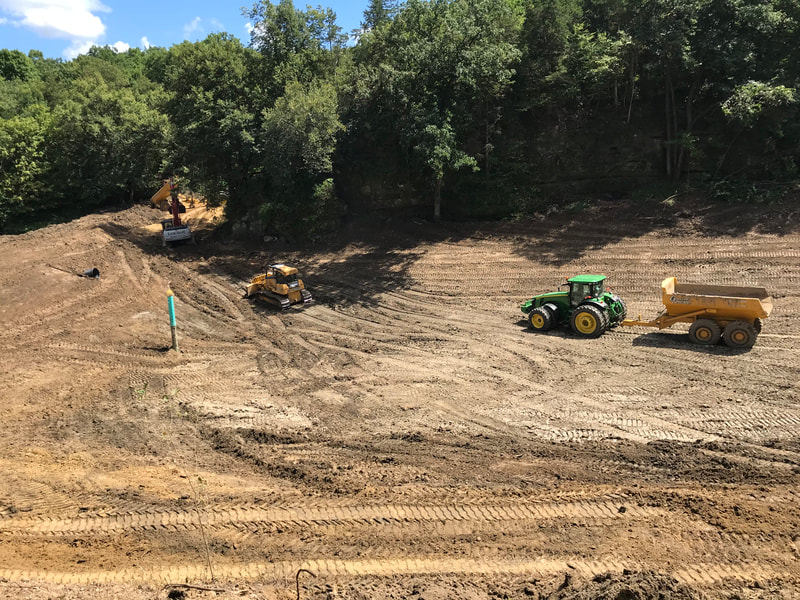
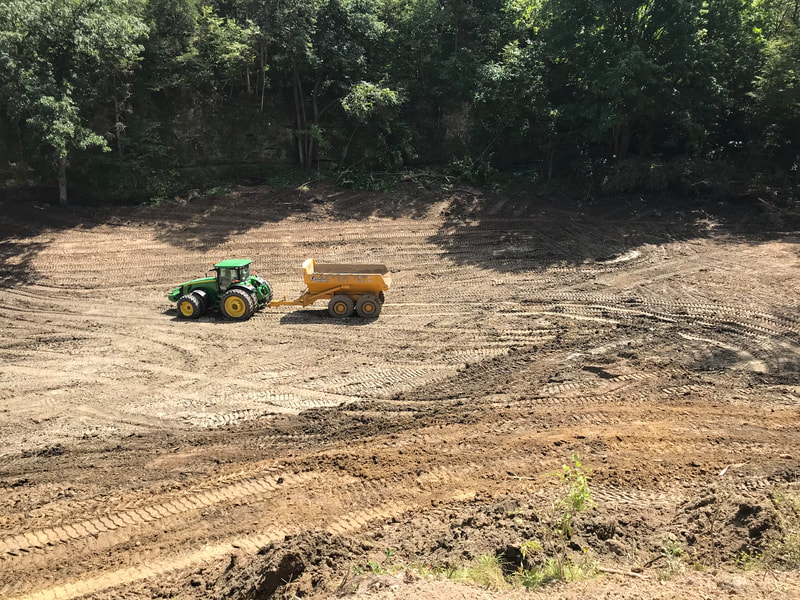

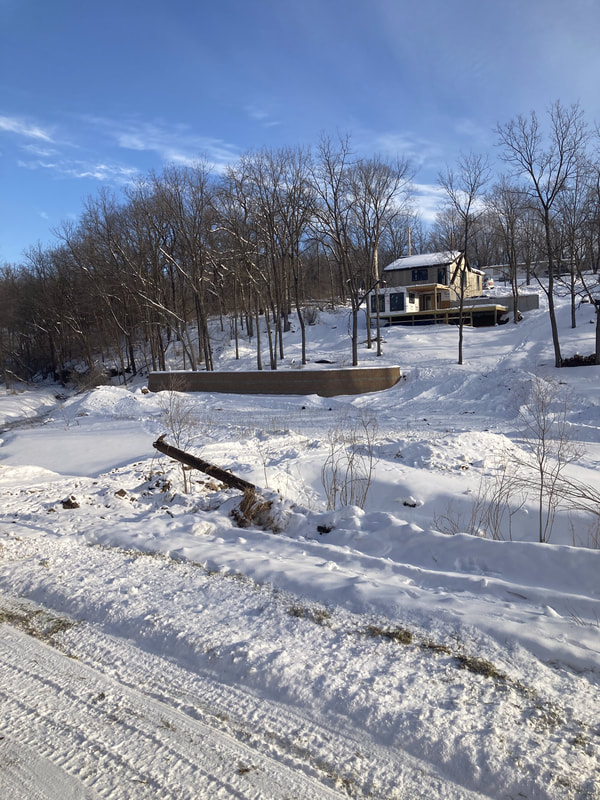
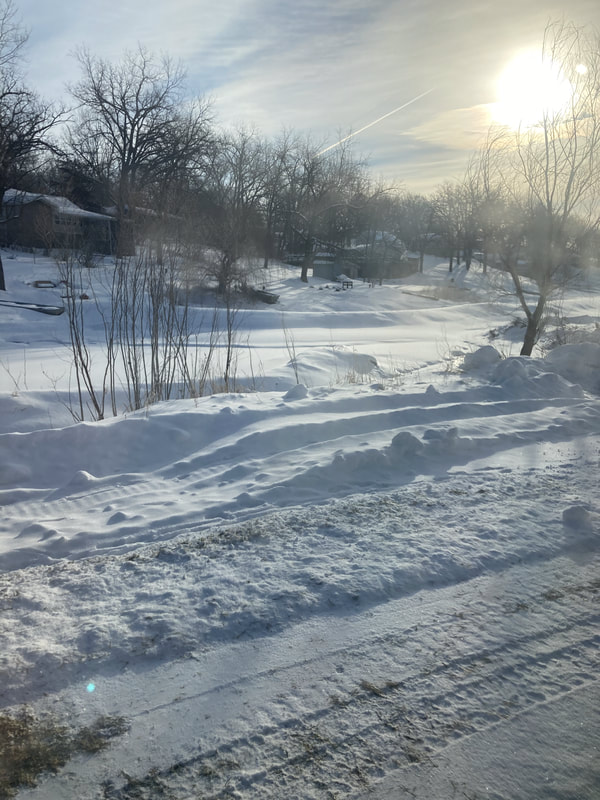
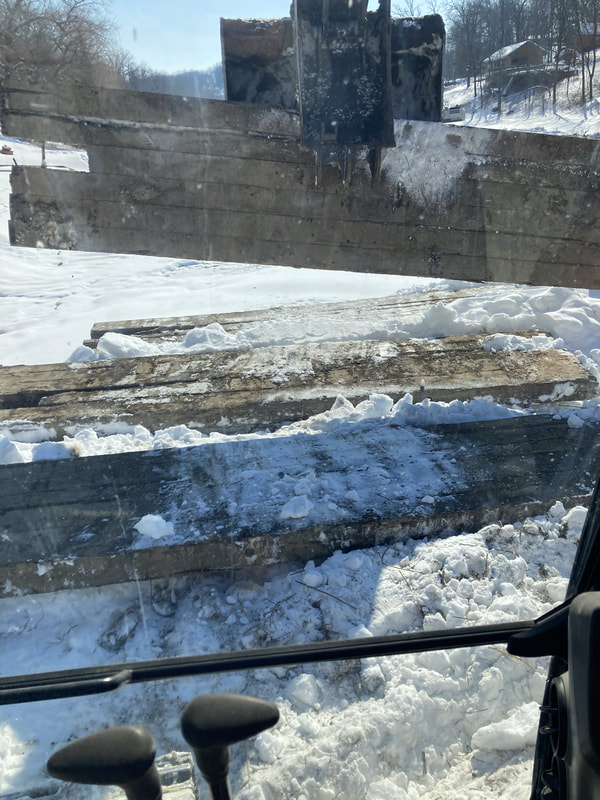
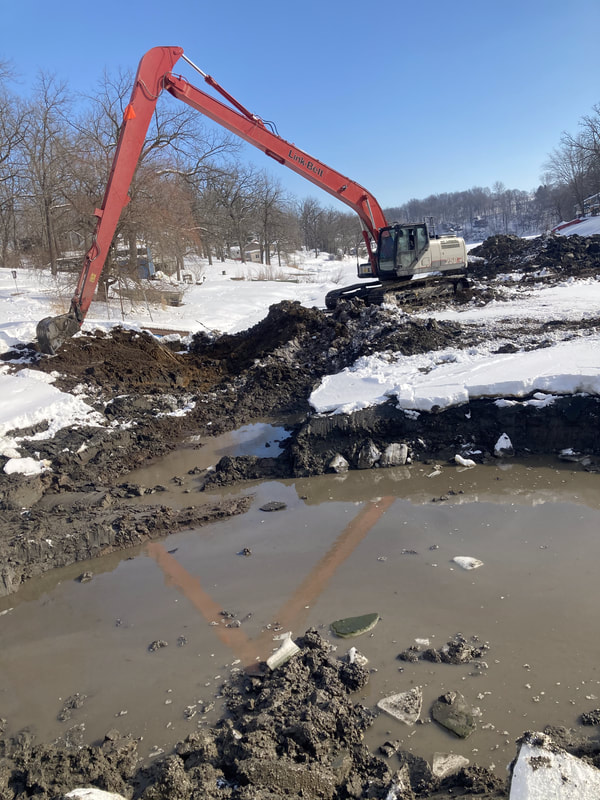
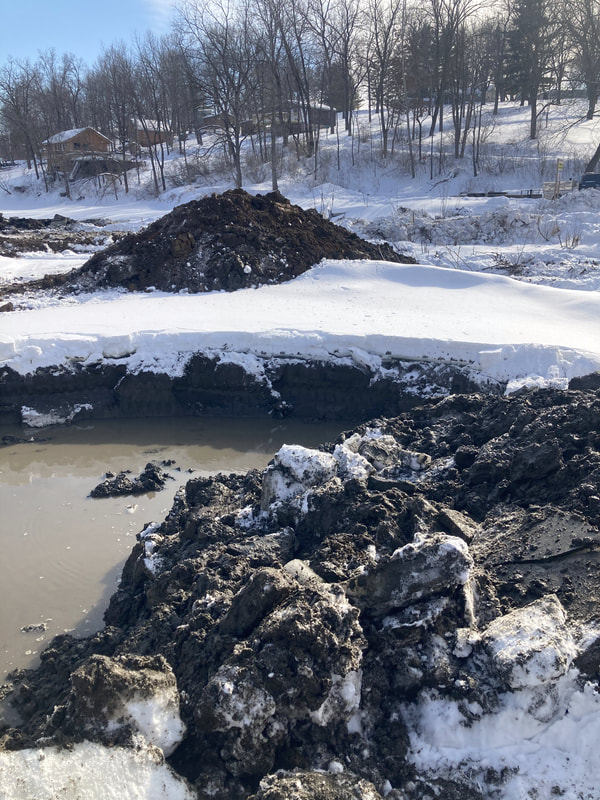
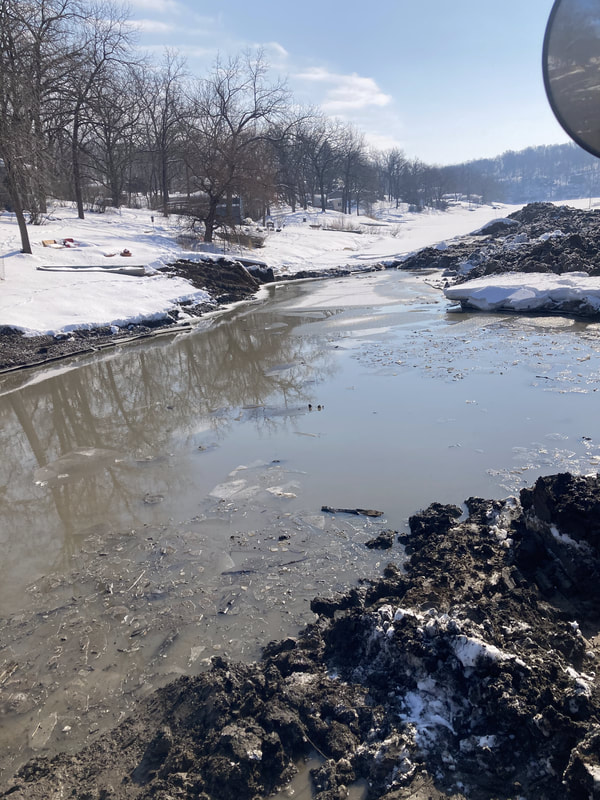
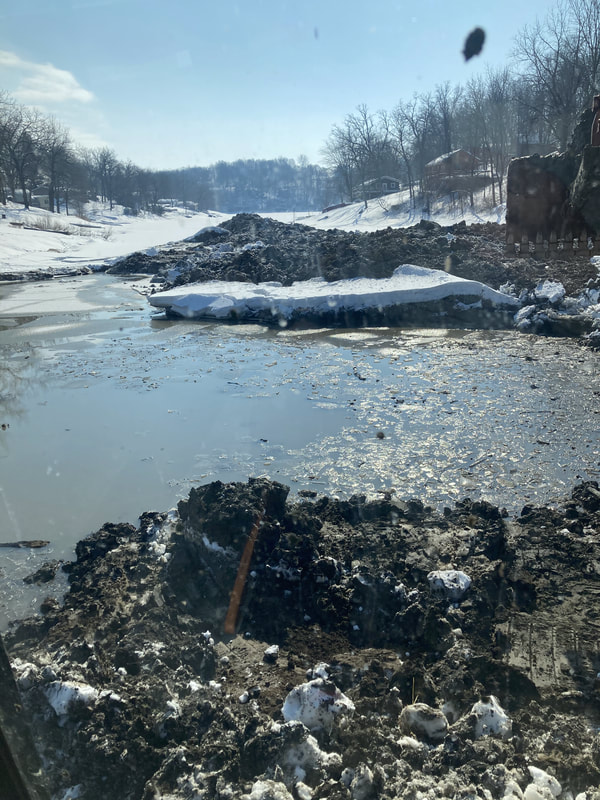
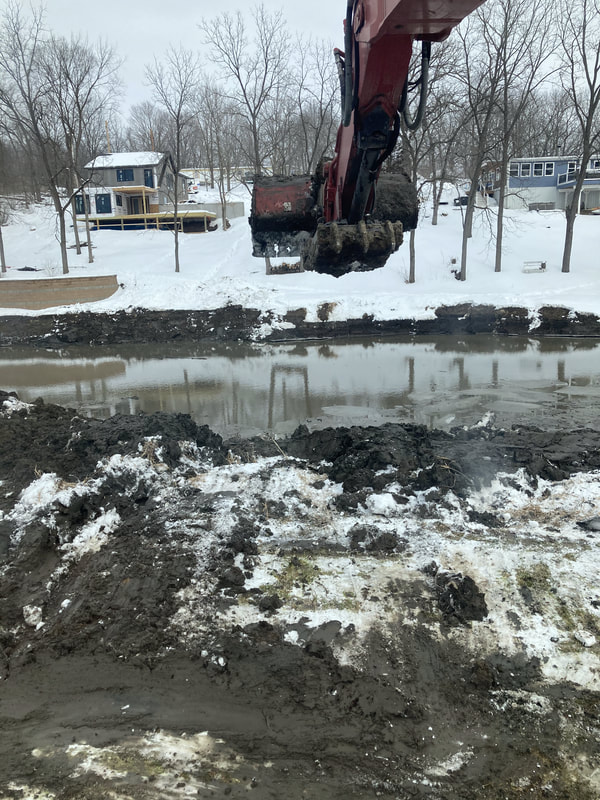
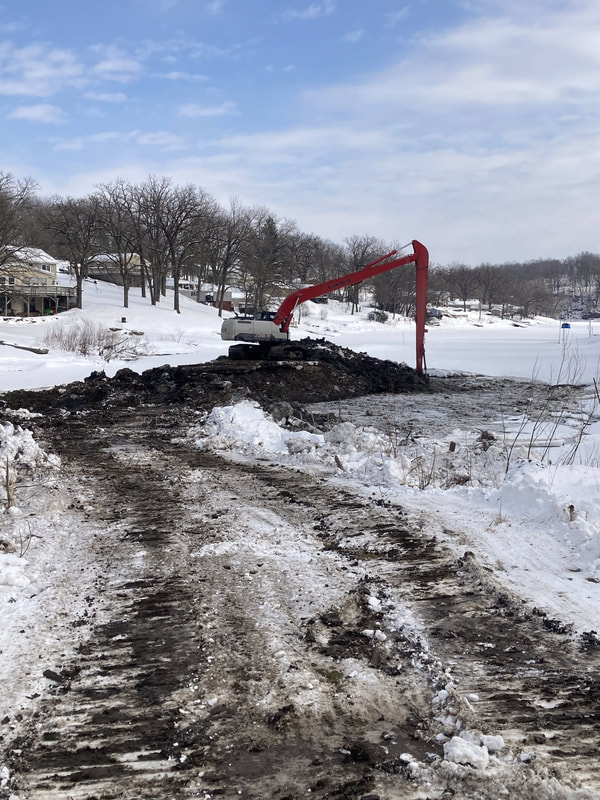
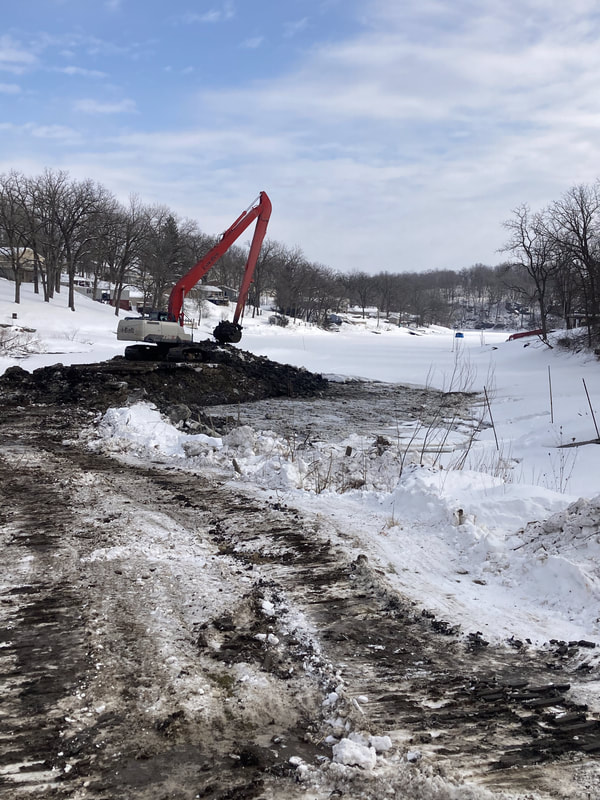

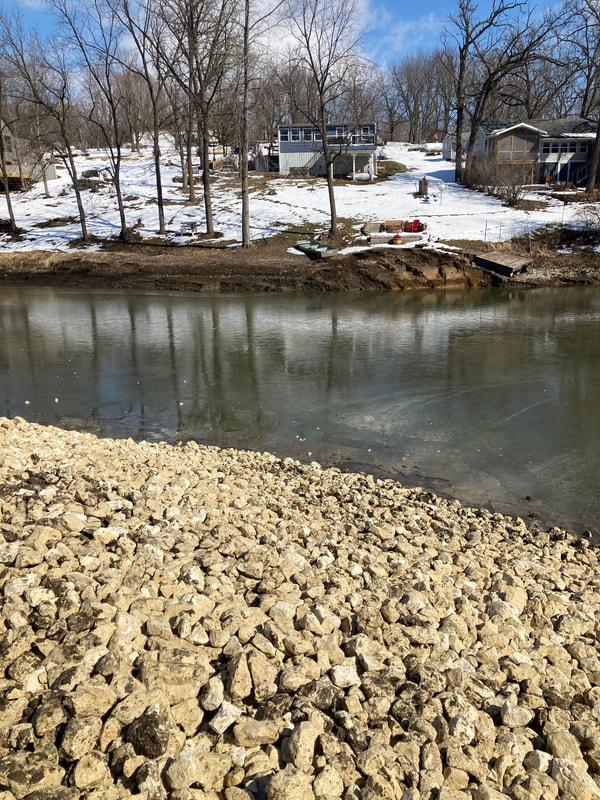
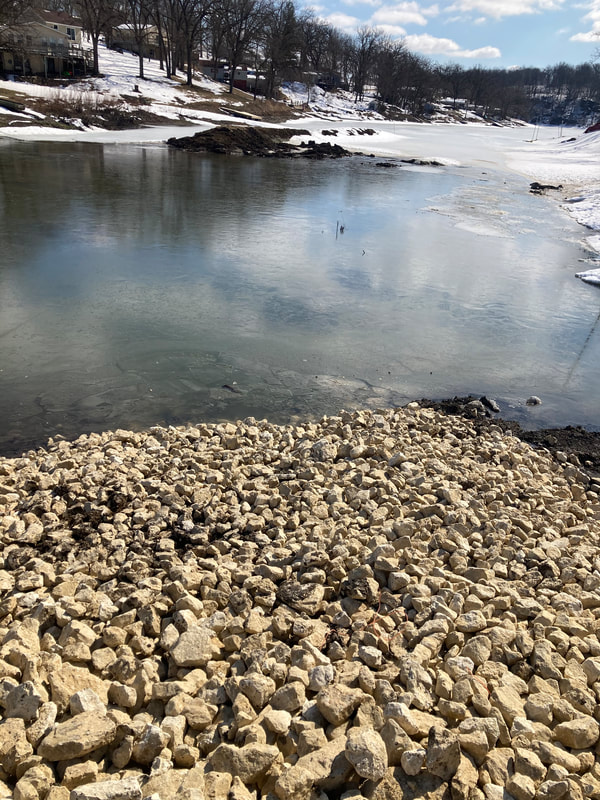
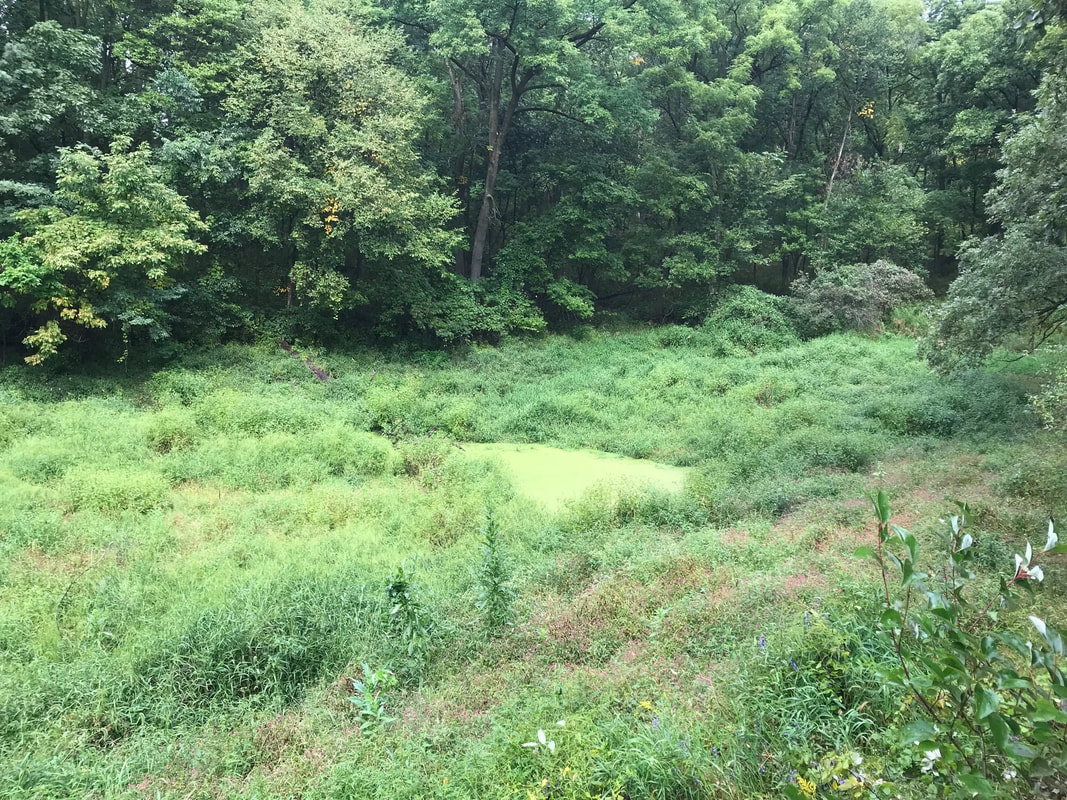
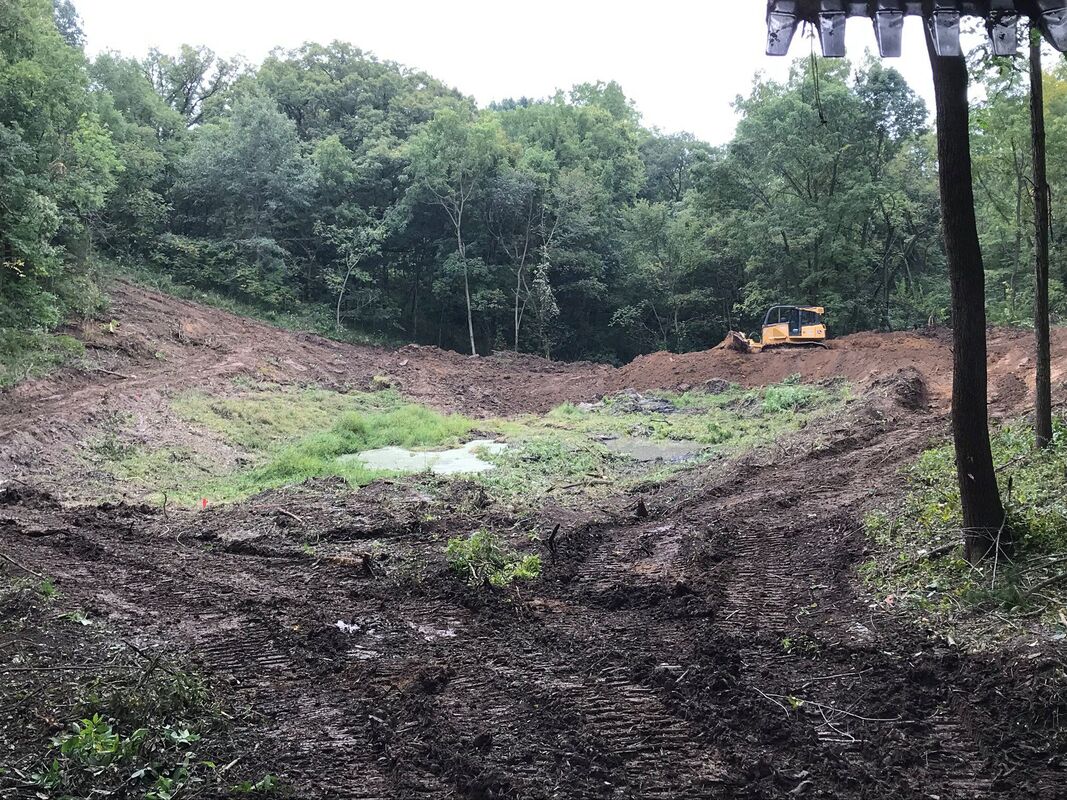
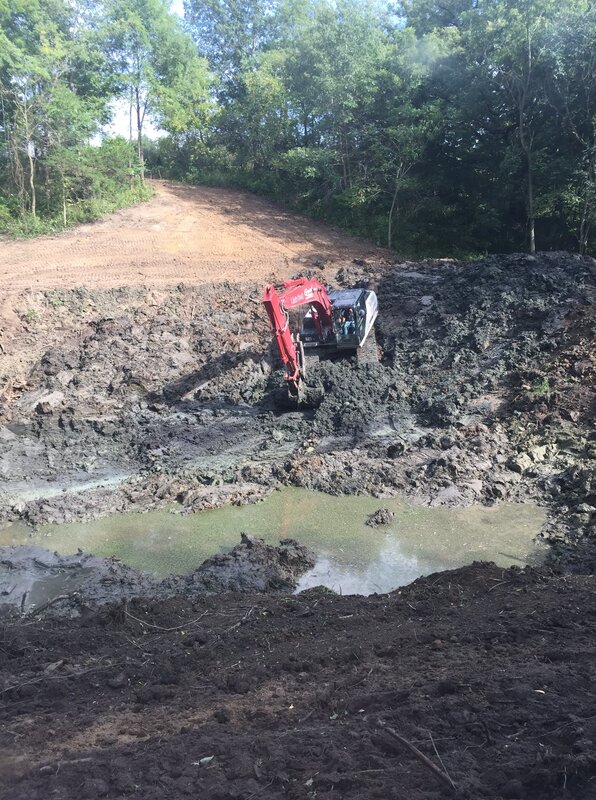
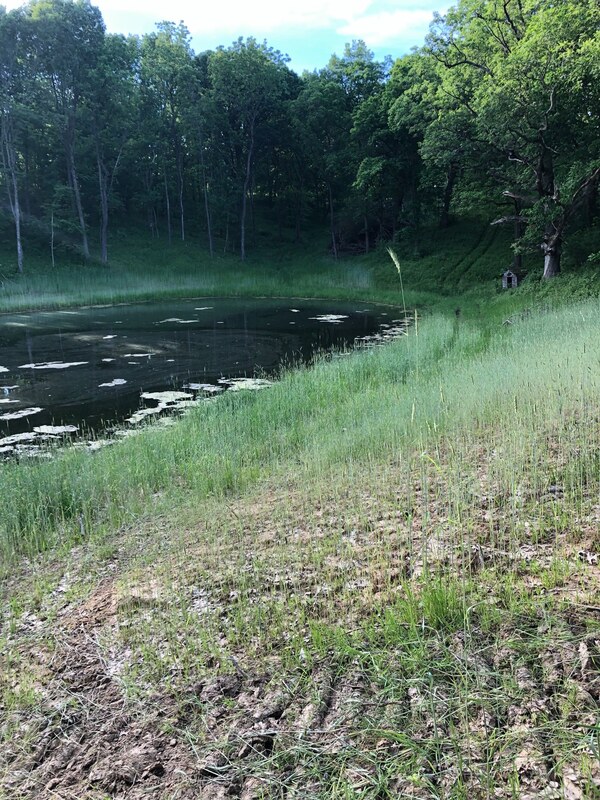
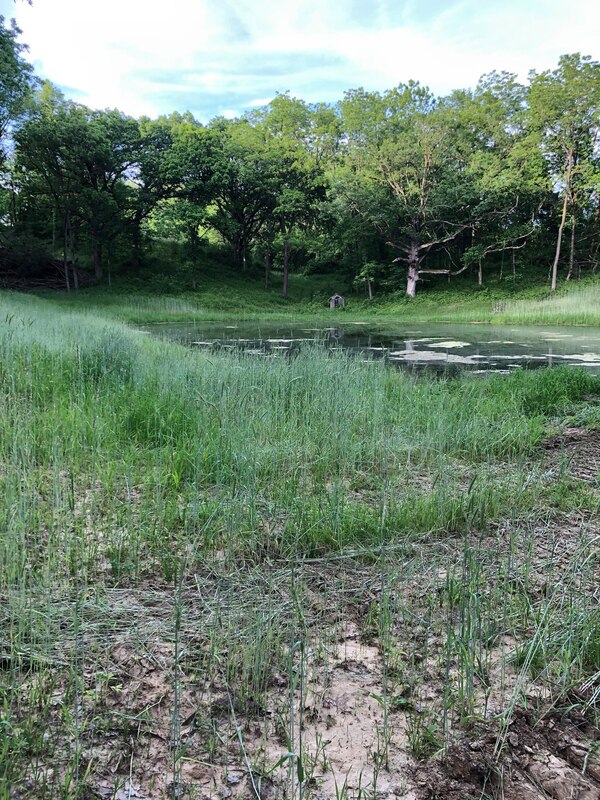
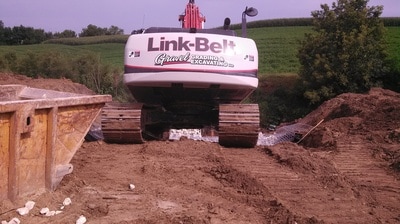
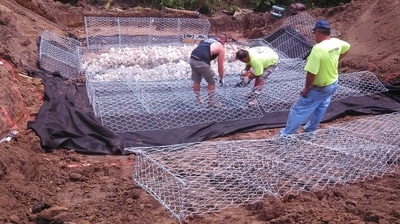
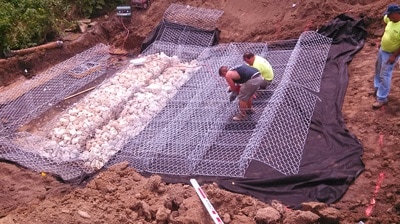

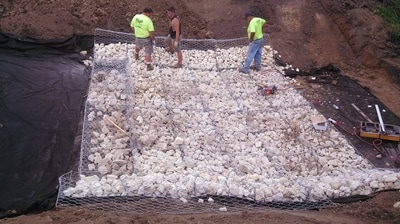
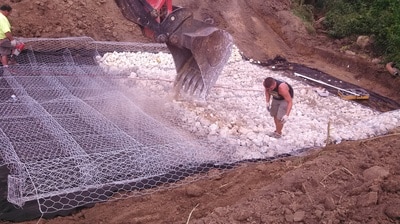
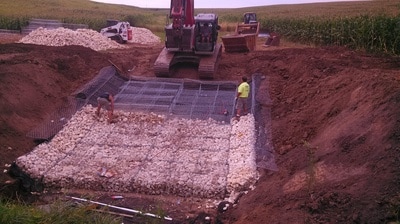
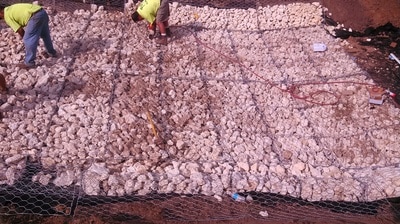
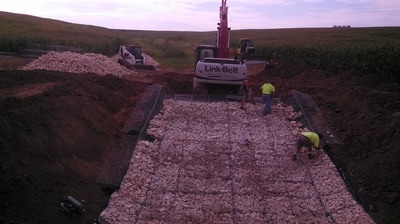
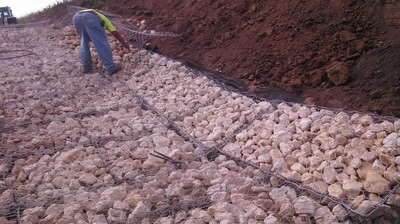
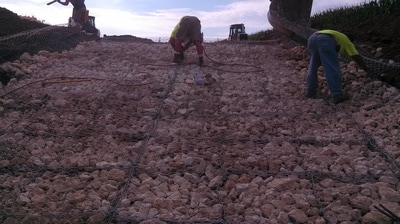
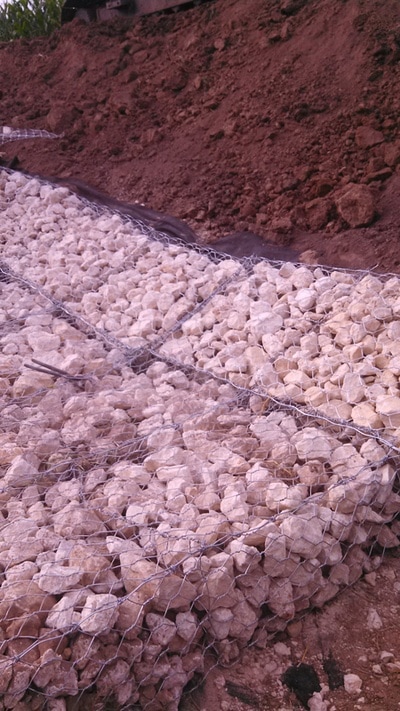
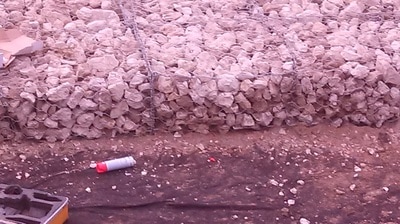
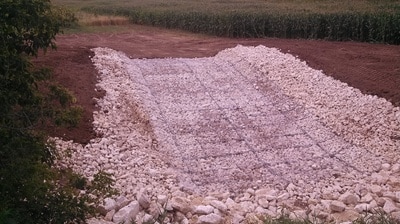
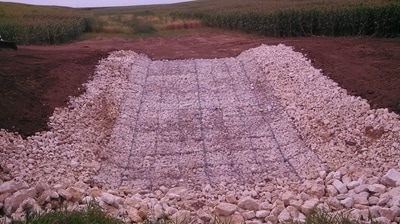
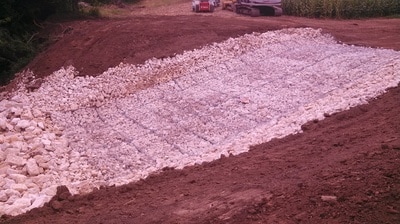
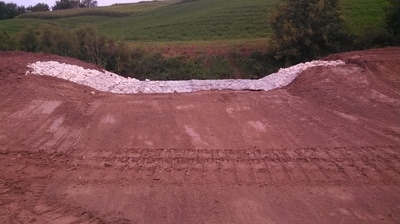
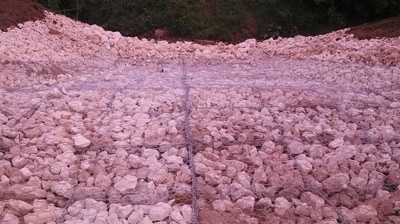
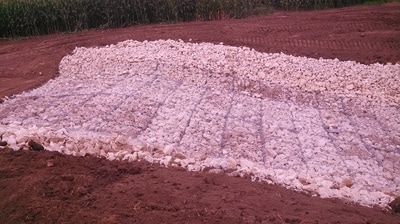
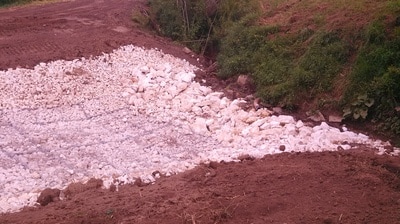
 RSS Feed
RSS Feed
